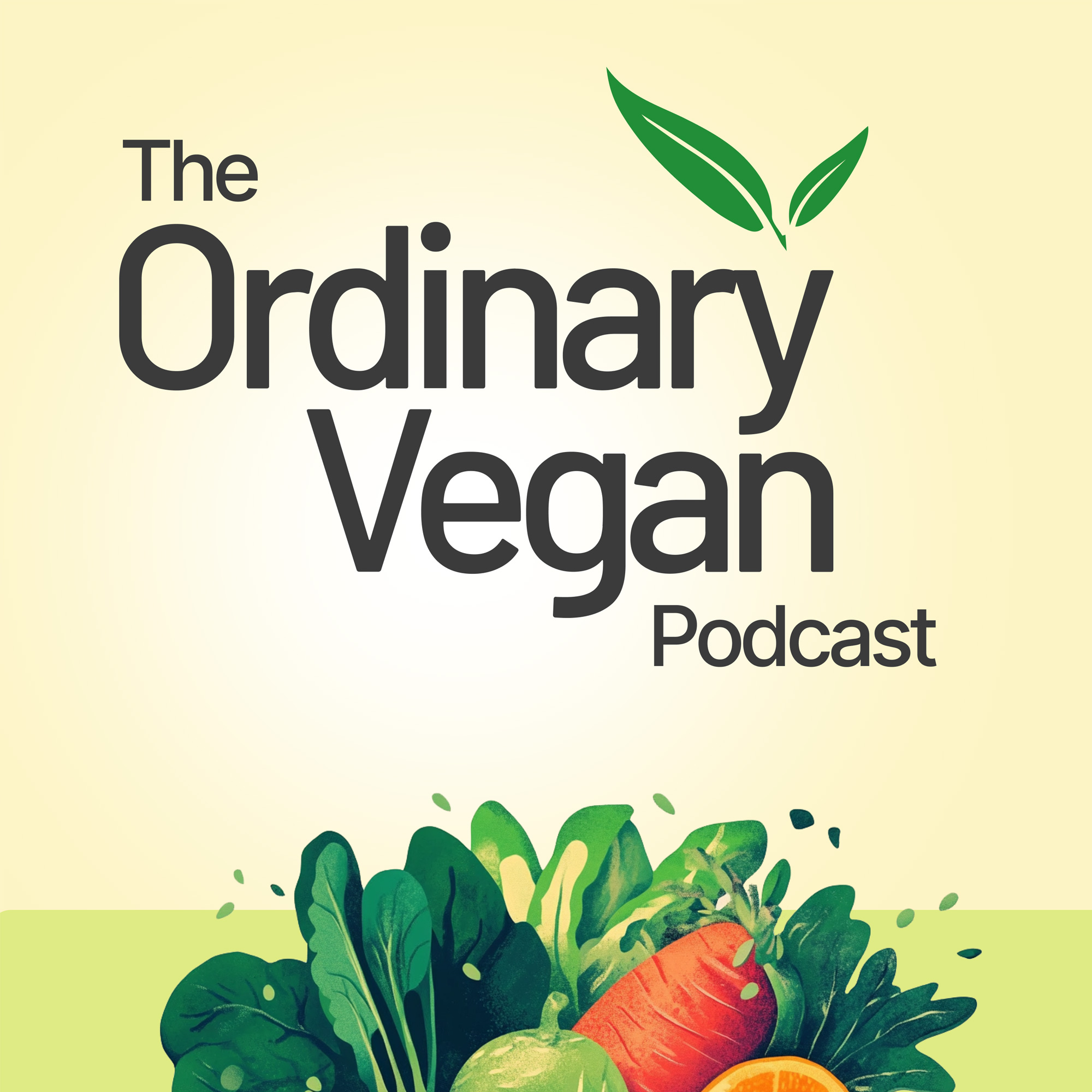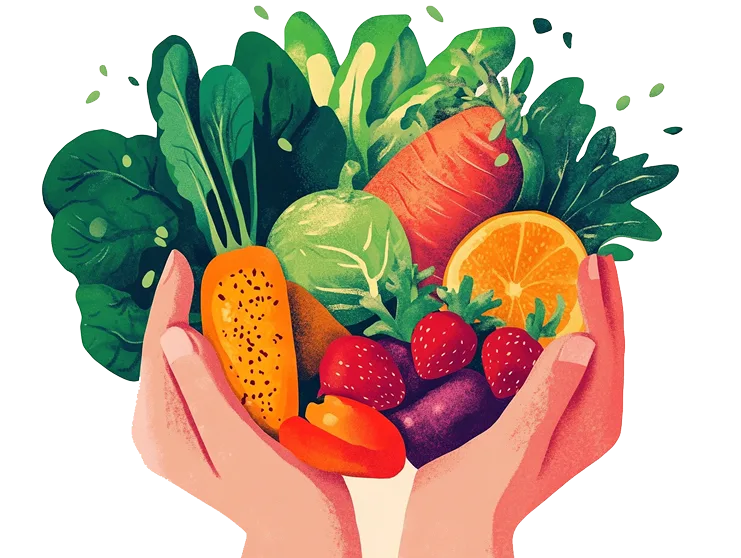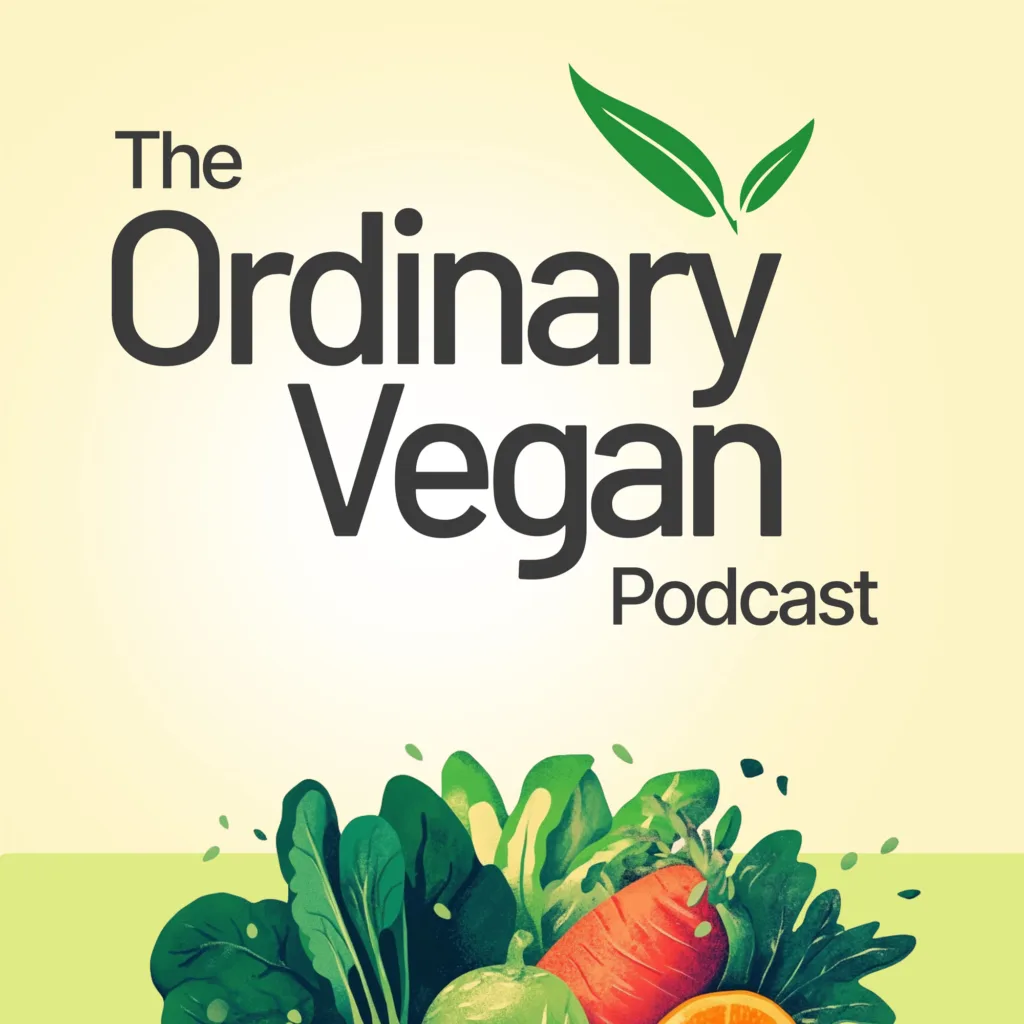
Ordinary Vegan Podcast – Are you sick of being sick? Do you want more energy? Do you want to treat yourself with more compassion? Ordinary Vegan addresses all aspects of eating and living healthfully. Each episode addresses commonly asked questions about being vegan, including food, cooking, recipes and nutrition. This unique podcast empowers and inspires the listeners to live a long, healthy life that is also kind to the planet and animals.
Take a new approach to your diet by understanding calorie density. Calorie density is the simplest approach to healthy eating and lifelong weight management. Learn how to eat more food for fewer calories.
A food high in calorie density has a large number of calories in a small amount of weight. Whereas a food low in calorie density has much fewer calories in the same weight of food.
Foods low in calorie density also tend to be higher in satiety. Satiety is the state of being completely satisfied with less calories.
Learn more about calorie density in this week’s podcast.
We also discuss the connection between childhood trauma and chronic disease.
Today’s Ordinary Vegan recipe is a rich and delicious vegan gravy over cauliflower mash.
Why A Vegan Can Eat 33% More Food But Consume 33% Fewer Calories
How to lose weight and eat more calories is easier than you think.
Today’s podcast subject is calorie density. Calorie Density has been called the simplest approach to healthful eating and lifelong weight management. It is also the reason you can lose weight and eat more calories.
The first time I heard about calorie density was at a Farms 2 Forks talk by a nutritionist named, Jeff Novick. Mr. Novick is the head of health promotion for the McDougall Program.
The calorie density approach is this.
A food high in calorie density has a large number of calories in a small weight of food.
Calorie dense foods include:
Processed Foods, Fast Foods like Cheeseburger and French Fries, Cakes, Cookies, and Doughnuts.
Whereas a food low in calorie density has a fewer amount of calories in the same amount of weight.
Foods low in caloric density also tend to be higher in satiety. Satiety is the state of being completely satisfied with food you eat. Meaning you don’t crave any additional food. You are full and satisfied.
By consuming foods lower in calorie density, one can fill up on fewer calories without wanting to eat more food.
Nutrient dense foods that are lower in calorie density include:
All Vegetables, Fruits, Leafy Greens, Sweet Potatoes, Grains and Legumes
These foods are also high in fiber, water, and volume and leave you satiated.
Usually, you can figure the calorie density by knowing how many calories are in a pound of what you are eating and go from there.
For example:
Broccoli has 154 calories per pound. A bagel is 1200 calories per pound. With each bite of bagel, you are taking in 12 times as many calories as each bite of broccoli.
So all calories are not created equal.
Even common condiments like regular salad dressing are 1700 calories per pound. Butter and Margarine are 3,200 calories per pound. Olive oil which is 100% fat and over 4,000 calories per pound.
Even if you don’t eat a pound of butter or oil in a sitting, a mere tablespoon or two of those calories are all fat, high calorie, and low satiating foods. You could replace those couple of tablespoons with a big bowl of fruits and vegetables with a lot fewer calories.
Eat all the vegetables you want!
So here is an example of how you replace high-calorie density foods with low in calorie, satiating foods. The next time you make pasta, instead of three cups of pasta with 1 cup of pasta sauce for 600 calories. Have 1 cup of pasta with sauce and 4 cups of vegetables which are 400 calories and only 200 calories density.
Adding vegetables always lowers calorie density and raises satiety.
And you will feel full and satisfied without any bloating, or that uncomfortable feeling of eating too much.
Here are some other tips to lose weight and eat more calories.
- Don’t drink your calories. Liquid calories have little satiety. When you disrupt the fiber in a vegetable or fruit, you lose bulking capacity and satiety. So instead of blending an apple, eat an apple.
- Eat lots of filling foods that are high in water weight like broccoli, cabbage, cauliflower, grapefruit, lettuce, radishes, and spinach.
- Always include a leafy green like kale, swiss chard or spinach. Leafy greens are full of stomach-filling fiber and calcium.
- Eat more fruits by freezing them like bananas, grapes, and mangos. Eat them like ice cream topped with chocolate balsamic vinegar or maple syrup.
- Always keep fresh fruits on hand especially apples. When you feel like snacking, slice and apple, top it with some hemp seeds or nuts and a little maple syrup. A quick, satiating snack.
I hope this information helps you lose weight by eating more lower caloric density foods. Learn more by listening to today’s podcast.
Nadine Burke Harris Ted Talk
Dr. McDougall’s Health & Medical Center
Jeff Novick
Now, in this week’s Ordinary Vegan’s kitchen segment, we made a rich and delicious vegan gravy. You can find the recipe here including the not poultry seasoning. We also discussed one of my favorite foods, cauliflower mash.
Thanks for joining our podcast today. If you have any questions or comments, please record a voice message here or send me an email.
If you get a minute, please leave a comment or review on iTunes. If people enjoy the podcast, iTunes will give it a better position and expose it to more people.




Leave a Reply